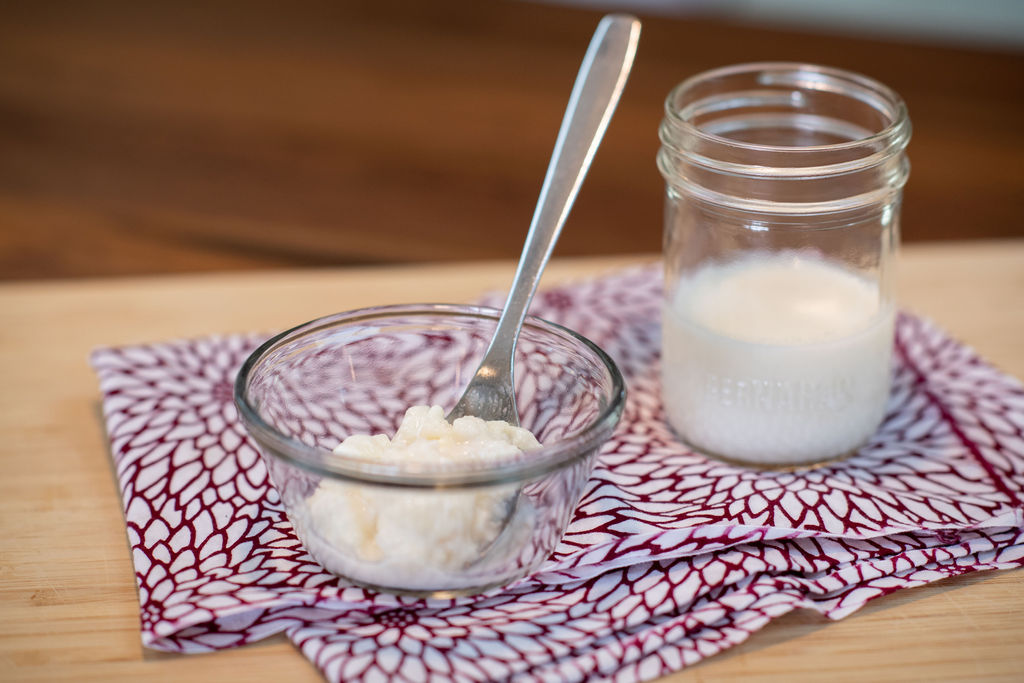1-9 of 9 results
-

Discovering novel bioactive peptides in fermented foods
Food not only serves as a primary source of essential nutrients but also contains a wealth of potential bioactive compounds…. -

2023 in Review: Highlights in the Field of Biotic Science
By Kristina Campbell, Prof. Colin Hill PhD, Prof. Sarah Lebeer PhD, Prof. Maria Marco PhD, Prof. Dan Merenstein MD, Prof…. -

Episode 27: Investigating the benefits of live dietary microbes
[powerpress] The Science, Microbes & Health Podcast This podcast covers emerging topics and challenges in the science of probiotics,… -

Follow up from ISAPP webinar – Probiotics, prebiotics, synbiotics, postbiotics and fermented foods: how to implement ISAPP consensus definitions
By Mary Ellen Sanders PhD, Executive Science Officer, ISAPP On the heels of the most recent ISAPP consensus paper –… -

A roundup of the ISAPP consensus definitions: probiotics, prebiotics, synbiotics, postbiotics and fermented foods
ISAPP has long recognized the importance of precise definitions of the ‘biotic’ family of terms. As a scientific organization working… -

ISAPP publishes continuing education course for dietitians
For dietitians, it’s often difficult to find practical, up-to-date resources with a scientific perspective on probiotics, prebiotics, synbiotics and fermented… -

What’s the evidence on ‘biotics’ for health? A summary from five ISAPP board members
Evidence on the health benefits of gut-targeted ‘biotics’ – probiotics, prebiotics, synbiotics, and postbiotics – has greatly increased over the… -

Designing Probiotic Clinical Trials: What Placebo Should I Use?
By Daniel J. Merenstein, MD, Professor, Department of Family Medicine and Director of Research Programs, Georgetown University Medical Center, Washington… -

Video Presentation: Behind the scenes of the consensus panel discussion on the definition of fermented foods
Numerous misunderstandings and questions exist around the concept of fermented foods. For example: If a food does not contain live…